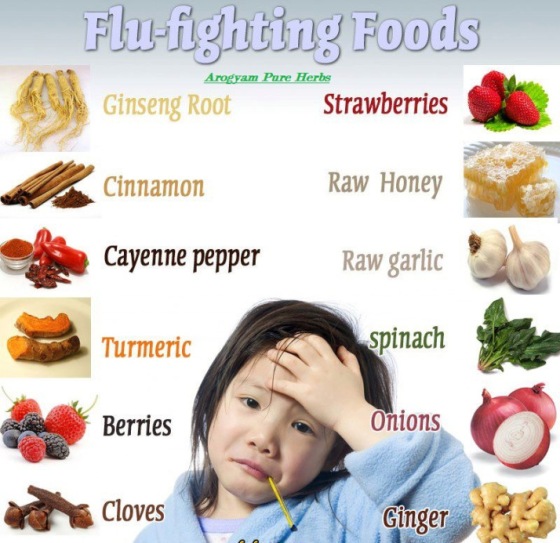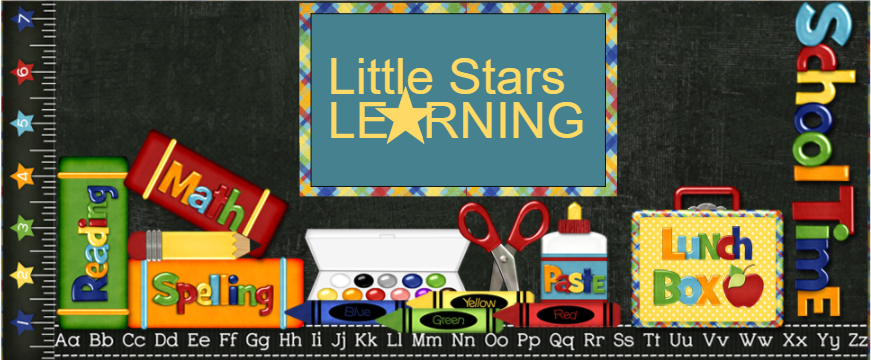These are my FLU RULES I send out to my clients every year once the flu has become pervasive in the community. Some may seem common sense, but as we all know, common sense isn't so common...
I'm not one for keeping a child's environment too sterile. It breeds resistant bacteria and lowers a child's immune system. However,
FLU KILLS CHILDREN.
RSV KILLS BABIES and TODDLERS.
This is the one time of the year, if either becomes a problem within the community, when precautions are truly necessary.
#1 No touching your face or picking your nose without first washing your hands. Adults touch their face an average of 18 times an hour (Today Show) and children do it excessively more than that. This is the number one way that anyone will contract a contagion. Children will still do it, but you can help make it a more conscious act for them. If they KNOW or notice when they do it, they at least will have the choice to stop and wash their hands first or use something other than their hands, such as pulling their sleeve over their hand and rubbing with the top of that (most likely not contaminated by others) instead.
#2 Keep yourself to yourself . An adult’s cell phone is the most bacteria laced item in their world. Seconded, by the pump on or bottle body of hand sanitizer, keyboards and shopping cart handles. Keep these items surface sanitized. Don’t share pens and pencils. Use your own and keep them sanitized from surface contamination. If you lay one on the counter at the bank or the conference table at work, you can bet it is then contaminated with something.
School age kids should beware of desk surfaces if they change classes or use communal work surfaces and keyboards. They should not share scissors or writing utensils. Little kids should be kept from wrestling with other kids and putting things in their mouth. Kiss your kids on the head, not the mouth or face, and try not to breathe on them.
Ten day incubation period can hit you quick and you could spread something without even knowing it!
Cough and sneeze into your elbow, teach your children the same!!!!! Using your hands actually spreads it more, especially with children.
#3 Create a bubble as much as you can. Our contamination world includes our family members (and their world) and home, our co-workers (and their world) and offices, the stores we visit and the public (and their world). Even if your child stays home, all of this can be brought to them. If your child goes to school, they are exposed to every other child’s world in an exponential manner.
The health department in my state only recognizes 2 forms of surface disinfectant. Bleach solution and Clorox Wipes. Ask your child’s teacher to disinfect surfaces between classes. If your child attends something like ballet, where the children are all sharing a barr surface, ask the instructor to disinfect it and have all children wash their hands thoroughly before beginning classes.
At home, keep door handles, faucets and work surfaces sterilized. If your child develops symptoms, wash toys in a bleach solution or washer. Keep anyone who shows the slightest symptoms segregated from everyone else.
Use hand sanitizer before entering your car EVERY TIME to create a barrier between home and public places, before entering your child’s school or daycare, touching your child, and wash everyone’s hands thoroughly every time you get home. If your child goes to an older school that doesn’t have hands-free technology, teach them to use their elbow or a towel to flush toilets, turn off faucets, etc.
If a child is:
- has a temperature of over 100 degrees
s/he need to be kept home until symptom free for 24 hours WITHOUT THE AID OF ANY MEDICATION!
Sending anyone sick out into the public is irresponsible. Sending a sick child to a home daycare can infect an entire family over the course of up to a month. Keeping your child home from care while they are sick, helps ensure your provider will not have to potentially shut down due to the illness of their family, which could interrupt care for a great deal longer than keeping your child home!
Centers as well must maintain a specific child/caregiver ratio, and infecting the staff can cause service disruptions as well.
Sick children need to be comfortably at home with 1-on-1 care from their parent. If you don't think you can afford time off of work, neither can your child's friends' parents.
#4 Create a bubble 2… KEEP YOUR KIDS HOME!!!
Yes they have to go to school (unfortunately – as of writing this, 150 kids are currently out of our local elementary school with flu symptoms). That’s it. If you have to go anywhere public, try to keep your kids at home with someone else while you go to the grocery store, Target, etc. ESPECIALLY places like Walgreens, WalMart or anywhere with a pharmacy. SICK PEOPLE PURPOSEFULLY GO THERE.
Beware ball pits, public play areas, arcades, etc. I saw a WalMart picture that had a baby carrier in a cart with a note on it that said, "DO NOT TOUCH BABY." This is actually a good idea. They also shouldn't breathe on it. Remember that people are coughing into their elbows! How do people hold babies? In the crook of their elbows! NO!!! Before anyone holds a baby, they need to have a blanket or other barrier between them and the baby's head.
Remember also that hand sanitizer can harm young children and infants, this needs to be washed off before letting any baby gnaw on your finger (not that this is a good idea anyway). Always keep hand sanitizer out of children's reach.
#5 Daycare Centers/Homes. Bedding should be kept separated.
Hand washing should be constant and for 20 seconds (Twinkle Twinkle Little Star, Birthday Song, ABC Song) with warm water and soap over all surfaces and between fingers. Disinfection should be excessive if flu is present in the children's extended environment, such as at a parent's office or sibling's school. Children should be discouraged from touching each other and touching their faces.
Parents, ASK about policies and procedures that may affect your child. Toddlers should be segregated from babies and older children due to their excessive sharing and mouthing of toys. They are the ones most likely to get sick and pass it on. If you are not comfortable with your center’s efforts, ask if you can bring sanitized toys and bedding from home. Children should be required to wash their hands immediately upon arrival. Parents should not be allowed in the children areas without sanitizing or washing hands.
FLU INFO
Every year in the United States, on average: http://www.cdc.gov/flu/keyfacts.htm
5% to 20% of the population gets the flu; more than 200,000 people are hospitalized from flu-related complications; and about 36,000 people die from flu-related causes.
Some people, such as older people, young children, pregnant women and people with certain health conditions (such as asthma, diabetes, or heart disease), are at increased risk for serious complications from seasonal flu illness.
How Flu Spreads: http://www.cdc.gov/flu/keyfacts.htm
Flu viruses are thought to spread mainly from person to person through coughing or sneezing of people with influenza. Sometimes people may become infected by touching something with flu viruses on it and then touching their mouth or nose. Most healthy adults may be able to infect others beginning 1 day before symptoms develop and up to 5-7 days after becoming sick. That means that you may be able to pass on the flu to someone else before you know you are sick, as well as while you are sick.

Sure you may have an AWESOME immune system, but even if your body is capable of fighting off infection, you can spread the virus from one surface to another. Be aware, be thoughtful, be considerate of the children, elderly and immune compromised in our society who you can help to protect from prevalent illnesses that may cause them harm.
Tags: illness, flu, child care, child, care, daycare, center, sickness, season, rules, information, preschool, prevention, wellness, infant, toddler, children,
![Photo: I'm not a fan of worksheets. Developmentally Appropriate Practice [DAP] is to not use worksheets until after age 8. Learning for the younger set needs to be hands-on and interactive for maximum retention and engagement. We have only begun to use worksheets for writing, which is necessary at this point for these children. However, there's always that certain child, whose learning style just begs for worksheets...Mr. G just can't get enough of them, and that's okay, as long as it's his choice. This is the same child that couldn't be bothered with any type of coloring, drawing or writing just a few months ago, and now wants to do it all day every day.](https://fbcdn-sphotos-a-a.akamaihd.net/hphotos-ak-xaf1/v/t1.0-9/p403x403/10252039_10153162805949908_2921155637888418224_n.jpg?oh=4824e7b5d06dbcb5a231f12f3d79e790&oe=54B980D9&__gda__=1418517036_288fcdab95ae72fd3e6c19b0ff4117da)





























